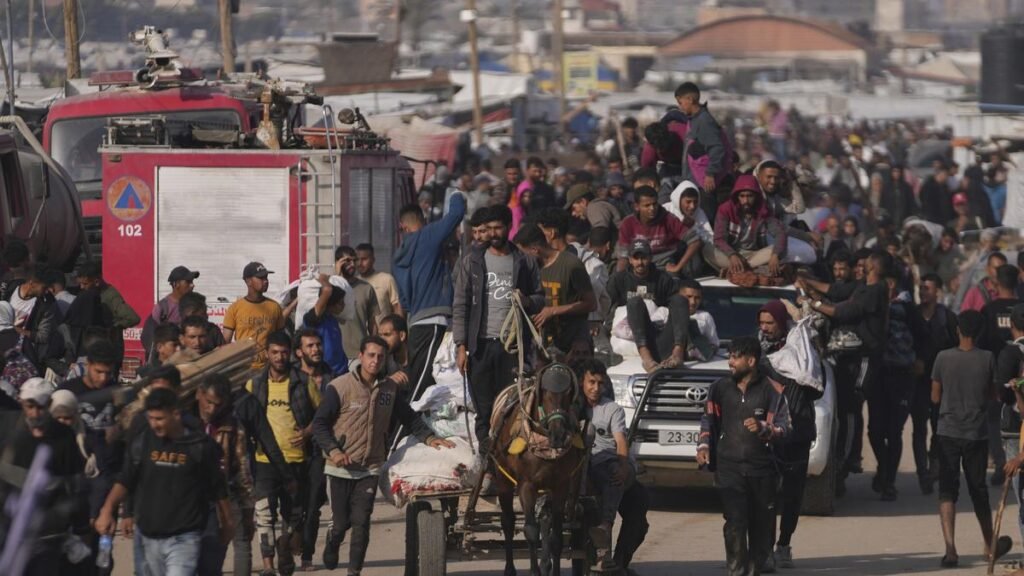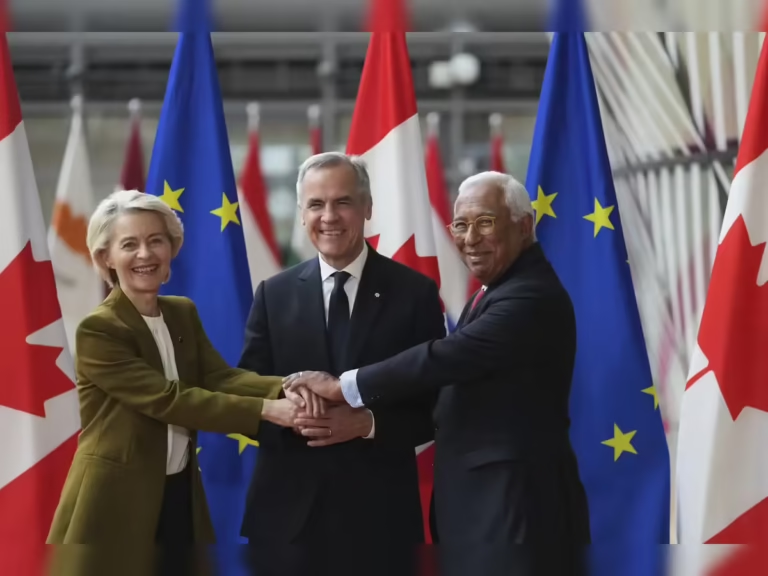
A humanitarian aid line turned deadly once again on Tuesday, as Israeli troops opened fire near a distribution point in central Gaza, reportedly killing at least 27 Palestinians and injuring dozens more, according to Palestinian medical officials and witnesses. The Israeli military acknowledged that it carried out an operation in the area, but provided a varying explanation of events, further complicating the concerns related to what is becoming an increasingly dire situation for civilians in Gaza.
Medical staff at Deir al-Balah’s Al-Aqsa Hospital reported that the wounded and the dead were brought in by ambulance and civilian vehicles from a street that runs parallel to the Nuseirat refugee camp. Hundreds of individuals were said to have been congregating there seeking assistance, including flour, canned food, and bottled water.
Healthcare personnel confirmed that some of the victims had been shot in the upper part of their bodies and head, which suggested the use of live bullets, not procedures for crowd dispersal.
In a statement, the Israel Defense Forces (IDF) said troops engaged “armed militants who posed a direct threat to our forces” in the area, and claimed that they were “taking measures to minimize civilian harm.” The IDF accused Hamas operatives of putting civilians in front of armed militants, a charge made repeatedly by Israeli officials and verified, to some extent, is very difficult to assess in the chaotic situation present in Gaza.
A senior Israeli security official, speaking on condition of anonymity, said that an internal investigation was being conducted to determine whether “rules of engagement were followed” during the raid. No timeline was given for that investigation, and there was no reference to the deaths of civilians.
This is not the first incident of this type in Gaza. Following Israel’s initiation of a ground offensive in response to Hamas-led attacks in October 2023, in which over 1,200 Israelis were killed and hundreds were taken hostage, similar scenes have played out repeatedly. The humanitarian corridors in recent months have also become sites of conflict, human rights monitors have documented, with aid convoys and distribution points caught up in the fighting and at times even targeted directly.
UNRWA and other aid agencies have repeatedly highlighted the mounting despair of the 2.3 million trapped in Gaza, as evidence of famine-like conditions builds in northern Gaza and broad shortages of medicine, clean water, and electricity sweep across the enclave.
As reports of the recent killings broke, international condemnation began to be expressed. The European Union expressed “serious concern” and said there was a need for “an independent investigation, and accountability”. UN Secretary-General António Guterres said the reports were “deeply disturbing” and urged all parties to protect civilians and provide humanitarian access. Calls for a ceasefire continue to stall at the United Nations Security Council as divisions between Western powers and their Global South counterparts continue to grow.
U.S. officials have noticeably stopped short of outright condemning the Israeli action. A spokesperson for the U.S. State Department said they are “urgently seeking clarification” from Israeli authorities and stated that “civilian life must be protected at all costs”.
More than 36,000 Palestinians have died, according to reports, and humanitarian analysts warn that the threat of disastrous escalation is more acute than ever before, with no ceasefire or truce in the offing. The World Food Programme reported that the “continued obstruction and targeting of aid” could culminate in complete famine by the end of summer.
International appeals for peacekeeping intervention previously considered politically unfeasible are growing in diplomatic circles, particularly after Tuesday’s incidents.
Keep reading questiqa.com




